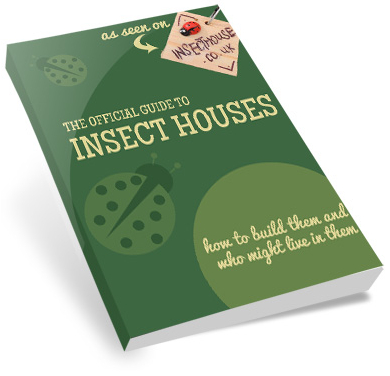What are dust mites?
Dust mites, most commonly house dust mites, are microscopic organisms associated with allergens. They aren’t insects but belong instead to the class Arachnida, along with scorpions, spiders, and other eight-legged animals. Their scientific name Dermatophagoides means “skin eaters” – they feed on dead skin cells shed by humans, animals, and insects.
Dust mites are less than half a millimetre (around 250 to 300 microns) in length. It is impossible to see them with naked eye – you’ll need a microscope with 10x magnification or so. They are wingless, eight-legged, and oval-shaped. Their body is lightly-coloured with some stripes. On average, they live for two months.
Contrary to the popular belief that dust mites cause allergy, it is actually their fecal matters or poo that induce allergic reactions to humans. Blame it on their digestive enzymes present in their guts! When mites shed their exoskeleton, it can also be a source of allergens.
What do Dust Mites eat?
Dust mites feed almost exclusively on dead skin cells shed by humans and animals. They consume very tiny organic particles available in their surroundings.
Where do Dust Mites live?
Unlike other pests such as cockroaches and bugs, dust mites cannot ingest water. They get water by absorbing it from the air. Due to this, they prefer highly humid areas, with relative humidity of 55%-75%. Nevertheless, they can survive in all types of climates, even in higher altitudes. They exist in every part of buildings, fields, and especially households. At home, they are commonly found in pillows, mattresses, linens, couches, rags, carpets, stuffed toys, bedcovers, and clothes. These things are in regular contact with humans, thus holding generous amount of dead skin cells for the mites to feed on.
Interesting Dust Mite Facts
- There are about 188 mites in 1 gram of dust.
- Mites take about one month to develop from an egg into an adult, yet they can only live a life span of about two to four months.
- Unlike other common household bugs (fleas, for example), dust mites don’t bite. Blame your allergy on their poo!
- Dead mites and their droppings constitute one-tenth of the weight of a two-year-old pillow. So, how old is your bedding?
Activity
Scoop small amount of dust and put it under microscope. Choose the 10x magnification lens. Take a note of their appearance, movement, and quantity per scoop of dust.

